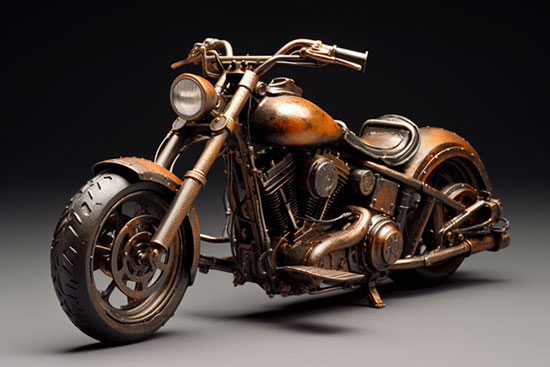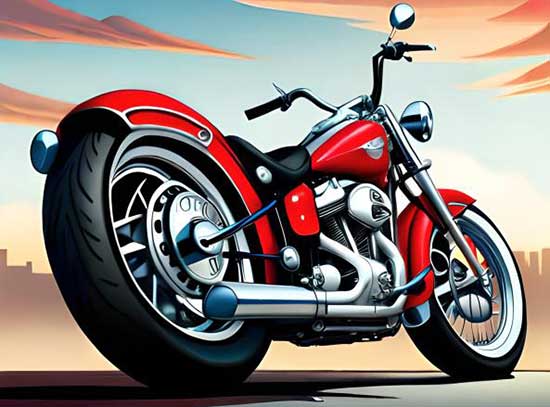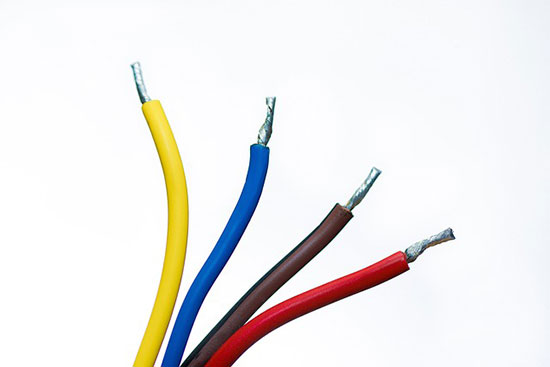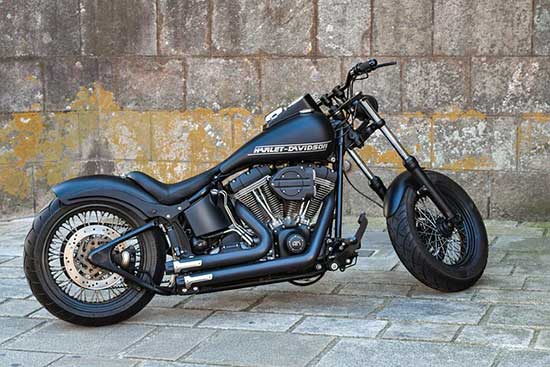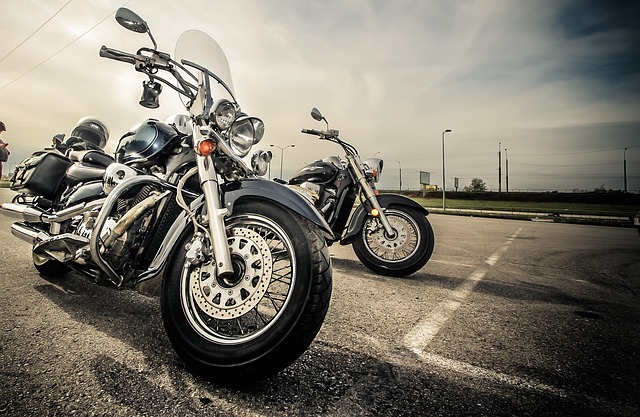Contents
Understanding Harley Fork Oil Capacities: A Complete Guide
Harley-Davidson motorcycles are known for their iconic style, tough durability, and unique riding experience.
However, to maintain this exceptional performance, owners need to take proper care of their bikes.
One critical component that needs regular attention is the fork oil. Fork oil plays a crucial role in the suspension system of a Harley-Davidson bike by providing a smooth and comfortable ride.
In this comprehensive guide, we will explore the importance of fork oil in Harley-Davidson motorcycles, different models’ fork oil capacity, how to check and change fork oil, common issues, and tips for maintaining proper Harley fork oil levels.
Why is Fork Oil Important in Harley Models?
Fork oil serves several critical functions in a Harley-Davidson bike, including lubrication, damping, and cooling.
Lubrication helps to reduce friction and wear between the various components of the fork, damping counteracts the effects of the spring and absorbs shock, and cooling helps to disperse heat generated by friction and compression between the fork tubes and internal components.
Poor or old fork oil can lead to a rough ride, reduced handling, and even damage to the suspension system. It is essential to use the correct type of fork oil and maintain proper levels to ensure optimal performance.
Harley Davidson Fork Oil Capacity by Model and Year
Harley-Davidson produces several models each year with varying fork oil capacities. Here are some of the popular Harley models with their corresponding fork oil capacities:
1. Sportster: The Sportster models have a fork oil capacity of 10.2 oz. The recommended fork oil is Harley-Davidson Type E Fork Oil.
2. Softail: The Softail models have a fork oil capacity ranging from 10.7 oz to 11 oz. The recommended fork oil is Harley-Davidson Formula+ Fork Oil.
3. Touring: The touring models have a fork oil capacity ranging from 10 oz to 11 oz. The recommended fork oil is Harley-Davidson Type E Fork Oil.
It is essential to refer to the owner’s manual or service manual for specific instructions on the correct fork oil capacity.
How to Check and Change Your Harley Fork Oil
One of the most basic maintenance tasks for Harley-Davidson is checking and changing the fork oil. Here are simple steps to follow:
To check the fork oil:
Step 1: Locate the drain screw at the bottom of the fork tube.
Step 2: Unscrew the bolt and remove it with a pan to collect any oil.
Step 3: Remove the fork dipstick or fork cap and wipe it off with a clean cloth.
Step 4: Insert the dipstick back into the fork tube without screwing it in and then remove it again to check the oil level.
Step 5: If the oil level is low, add the recommended amount of fork oil. If the oil is dark or dirty, it is time to change it.
To change the fork oil:
Step 1: Remove the fork from the bike. Refer to the service manual for detailed instructions on removing the fork.
Step 2: With the fork upside down, pump the fork to remove any excess oil.
Step 3: Remove the drain bolt and let all the oil drain out.
Step 4: Reinstall the drain bolt.
Step 5: Fill the new fork oil to the recommended level.
Step 6: Reinstall the fork and check the oil level.
Exploring Different Types of Fork Oil for Harley Davidsons
Harley-Davidson recommends using only specific types of fork oil for their bikes. Here are a few types of fork oil available:
1. Type E Fork Oil: This oil is a blend of mineral and synthetic oils that provide excellent performance in harsh weather conditions.
2. Formula+ Fork Oil: It is a synthetic blend of high-quality base oils and polymers that provides superior damping and temperature stability.
3. Screamin’ Eagle® Fork Oil: This oil is formulated to meet performance requirements for Harley-Davidson models upgraded with Screamin’ Eagle® Performance Fork/Cartridge Kits.
These are just a few of the fork oils available, and it is essential to follow the manufacturer’s recommendations.
Troubleshooting Common Harley Fork Oil Issues
Despite regular maintenance, Harley-Davidson fork oil problems can still occur, such as clogging, leakage, or foaming. Here are a few troubleshooting tips to address these issues:
1. Clogging: If the fork oil has a milky or opaque appearance, it might be due to contamination. Replacing the oil with fresh oil is the best solution.
2. Leakage: If there is a leak, it is vital to check for damaged seals or loosen bolts.
3. Foaming: If the fork oil foams excessively, it can result in poor damping and reduced ride comfort. Foaming can occur due to air getting trapped inside the oil. It is best to check for air leakage and consider changing the oil.
Tips for Maintaining Proper Harley Fork Oil Levels
Keeping proper Harley fork oil levels is essential to maintain optimal performance. Here are a few tips:
1. Regularly check oil levels and inspect for signs of contamination, leakage, or wear and tear.
2. Only use recommended types of fork oil.
3. Replace fork oil at the recommended intervals or as soon as it shows signs of aging.
4. Always follow the manufacturer’s instructions when checking and changing fork oil.
Frequently Asked Questions about Harley Fork Oil Capacities
1. Is it safe to use different types of fork oil on your Harley-Davidson bike?
No, Harley-Davidson recommends using only specified types of fork oil to prevent compatibility and performance issues.
2. Can you use car oil or other types of oil as a substitute for fork oil?
No, different oil types have varying viscosity and properties, and using the wrong type of oil can compromise performance and damage the suspension system.
3. How often should you change your Harley fork oil?
It is essential to refer to the owner’s manual or service manual for specific intervals. However, it is generally recommended to replace the oil every two years or 20,000 miles, whichever comes first.
4. What happens if you don’t maintain proper Harley fork oil levels?
Poor or old fork oil can lead to reduced ride comfort, poor handling, and even damage to the suspension system.
In Conclusion
Fork oil plays a critical role in ensuring the smooth and comfortable ride of Harley-Davidson motorcycles.
It is essential to regularly maintain proper oil levels and follow the manufacturer’s recommendations to ensure optimal performance.
By using the correct type of oil and regularly checking and changing it, owners can enjoy the unique riding experience and durability that these iconic bikes provide.

